RTI and Poor Reader Profiles: Two Big Ideas for Helping Struggling Readers
January 26, 2023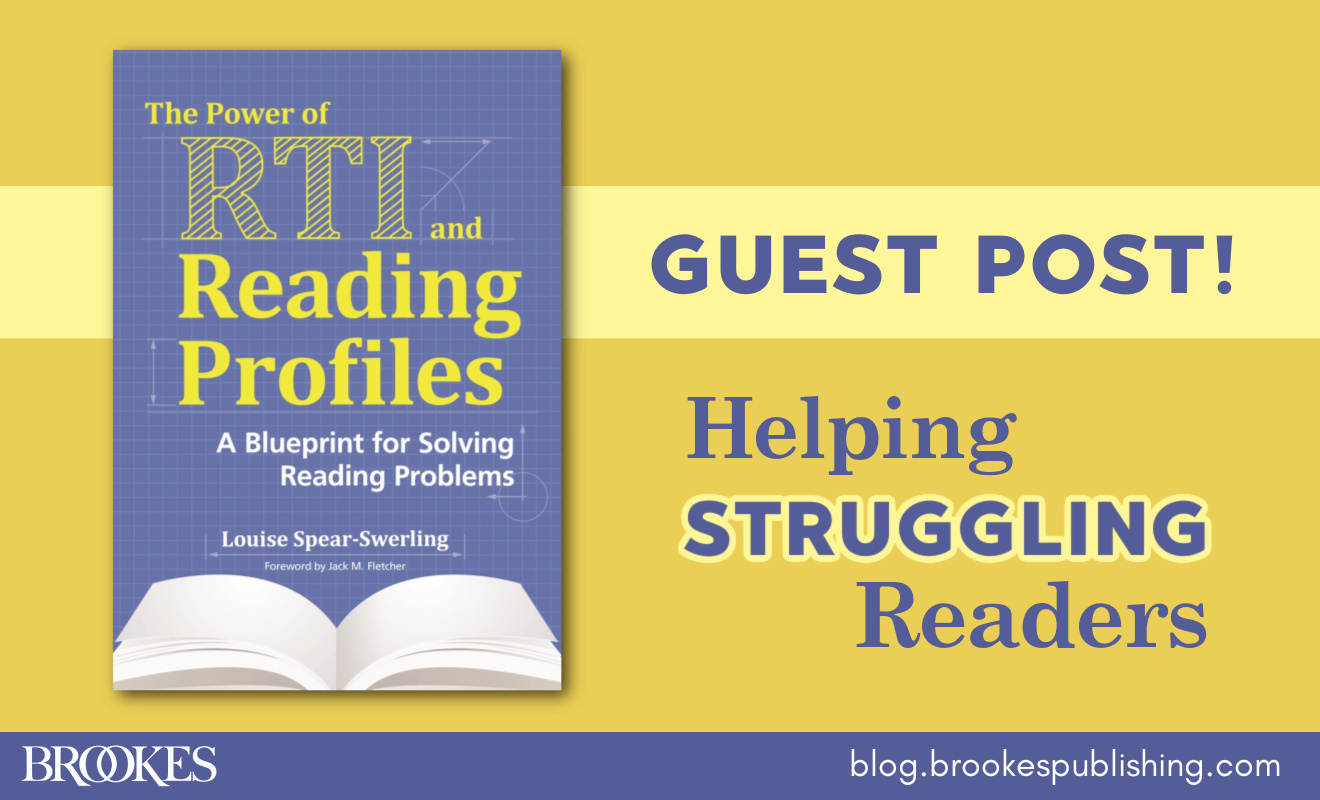
Effective support for struggling readers is a high priority for every K-12 educator who wants to ensure their students’ long-term success. Today we’re welcoming Louise Spear-Swerling, Ph.D., author of the book The Power of RTI and Reading Profiles, to talk about two big ideas that can be used in tandem to help your students strengthen their reading skills.
***
Years ago, when my state first began using response-to-intervention (RTI) models, I solicited teachers’ opinions about RTI. Using open-ended, anonymous questions, I asked them to specify both the positives and negatives of RTI that they were encountering. Teachers’ negative feedback often involved the challenges of implementing RTI—lack of time, inadequate training, and inadequate resources, for example. But most teachers provided some version of the same positive feedback: It’s really good for the kids.
Many American schools have now implemented RTI, sometimes termed multi-tiered systems of support (MTSS). As noted by the teachers on my anonymous questionnaire, RTI models can be challenging for schools to put in place, and RTI practices sometimes fall far short of ideal; however, these models also have the capacity to greatly benefit students. Therefore, trying to meet the challenges of implementing RTI is worthwhile.
RTI is one “big idea” in reading: a broad, practically meaningful concept. Another involves poor reader profiles, which describe common types of reading problems encountered by teachers throughout the K-12 grade range. If these two ideas are combined, they can have an enormous impact. Let’s consider each idea individually, and then why combining them can be so beneficial.
The First Idea: Using RTI Practices
The details of RTI models, as well as their quality of implementation, can vary substantially across schools. Nevertheless, key features of RTI include all the following:
- Universal screening for risk in reading. “Universal” means all the students in a school are screened for risk, which is vital to catching reading problems early.
- Provision of interventions for students who need them, as part of the general education system. RTI practices do not require children to be identified with a disability in order to be eligible for intervention; students simply must evidence a need for intervention on screening or other assessments. This enables teachers to provide help promptly, before reading problems become more complex and difficult to address. It also provides an important avenue for extra help for students who do not have disabilities. If a student receiving intervention does have a disability, data from the intervention can be valuable in determining the nature of the disability and planning special education services.
- The use of tiered systems of intervention. This means that there are different levels of intervention, with more intensive interventions for students with greater levels of need.
- Attention to the quality of core general education instruction. RTI practices highlight the importance of core general education reading instruction in preventing or ameliorating reading difficulties. If core instruction is faulty—for example, if phonics skills are not addressed explicitly and systematically in the primary grades—then this faulty core instruction may contribute to reading difficulties that could have been prevented in many children.
- Data-based decision-making, not only in relation to individual students, but also in relation to core instruction and tiered interventions. In RTI models, data from progress-monitoring assessments are used to adjust and improve interventions for individual students. Assessment data also are considered at a broader level to inform systems of instruction and intervention. For instance, if universal screening consistently shows that large numbers of second graders in a school need intervention in phonics, this indicates that core K-2 phonics instruction needs to be improved.
The Second Idea: Poor Reader Profiles
The second big idea, poor reader profiles, is based in the Simple View of Reading. This says that good reading comprehension depends on two broad abilities: 1) word recognition and 2) oral language comprehension. To read well, a student must be competent in both areas. Poor readers can have a weakness in just one area, or in both of them, as outlined below:
- Students with specific word recognition difficulties have problems specific to reading words. Their oral language comprehension—for example, during class discussions or in teacher read-alouds—is average or better. Often these students’ poor word reading relates to phonological difficulties such as poor phonemic awareness. Since these abilities affect spelling as well as reading, spelling also is often an area of difficulty.
- Students with specific reading comprehension difficulties have problems specific to comprehension, despite grade-appropriate word recognition, including grade-appropriate phonological skills. Individual comprehension weaknesses can differ from one student to another, but some common difficulties include vocabulary, background knowledge, sentence structure (syntax), and/or inferencing. These difficulties tend to show up in students’ oral language comprehension as well as their reading comprehension. For example, a student’s vocabulary weaknesses will usually be evident during teacher read-alouds and during the student’s reading.
- Students with mixed reading difficulties have problems in both word recognition and comprehension. To put it another way, the student’s reading comprehension problems exceed what can be explained by poor word reading alone. An example of this profile is a poor decoder who has comprehension problems even when reading instructional-level decodable text, because of vocabulary or syntactic weaknesses that negatively impact comprehension.
A variety of causes can underlie an individual student’s poor reader profile. A child might have specific word recognition difficulties due to dyslexia or insufficient attention to phonics instruction in the core general education reading curriculum. Specific reading comprehension difficulties can sometimes be associated with autism spectrum disorders, but can also be based in limited exposure to vocabulary or academic language.
Still, a student with poor word recognition or limited vocabulary knowledge needs intervention in these areas, regardless of the underlying cause of the student’s reading problem. Moreover, besides their value for planning interventions, poor reader profiles have practical implications for many other areas, including selecting assessments for screening and progress monitoring, grouping students for intervention, and designing accommodations for students with disabilities.
Why is Combining Both Ideas So Valuable?
Either big idea can be very helpful by itself, but combining them is even better:
- Educators can use RTI practices such as universal screening and tiered interventions without knowledge of poor reader profiles, and many students will still benefit. However, with this knowledge, they can choose universal screening and diagnostic assessments that will help identify all three poor reader profiles, not just one or two of them, and better target interventions to individual readers’ needs.
- Likewise, educators can use poor reader profiles by themselves to identify and better understand a variety of common reading problems. However, they can be more effective if they also employ RTI practices to identify these problems early and intervene as promptly as possible.
In short, combining both ideas—RTI practices and poor reader profiles—provides a valuable blueprint for addressing a wide range of reading difficulties in K-12 schools.
***
Thanks to Louise Spear-Swerling for being on the blog today to introduce these two big ideas for helping struggling readers. Keep the learning going—add her practical book, The Power of RTI and Reading Profiles, to your professional library!

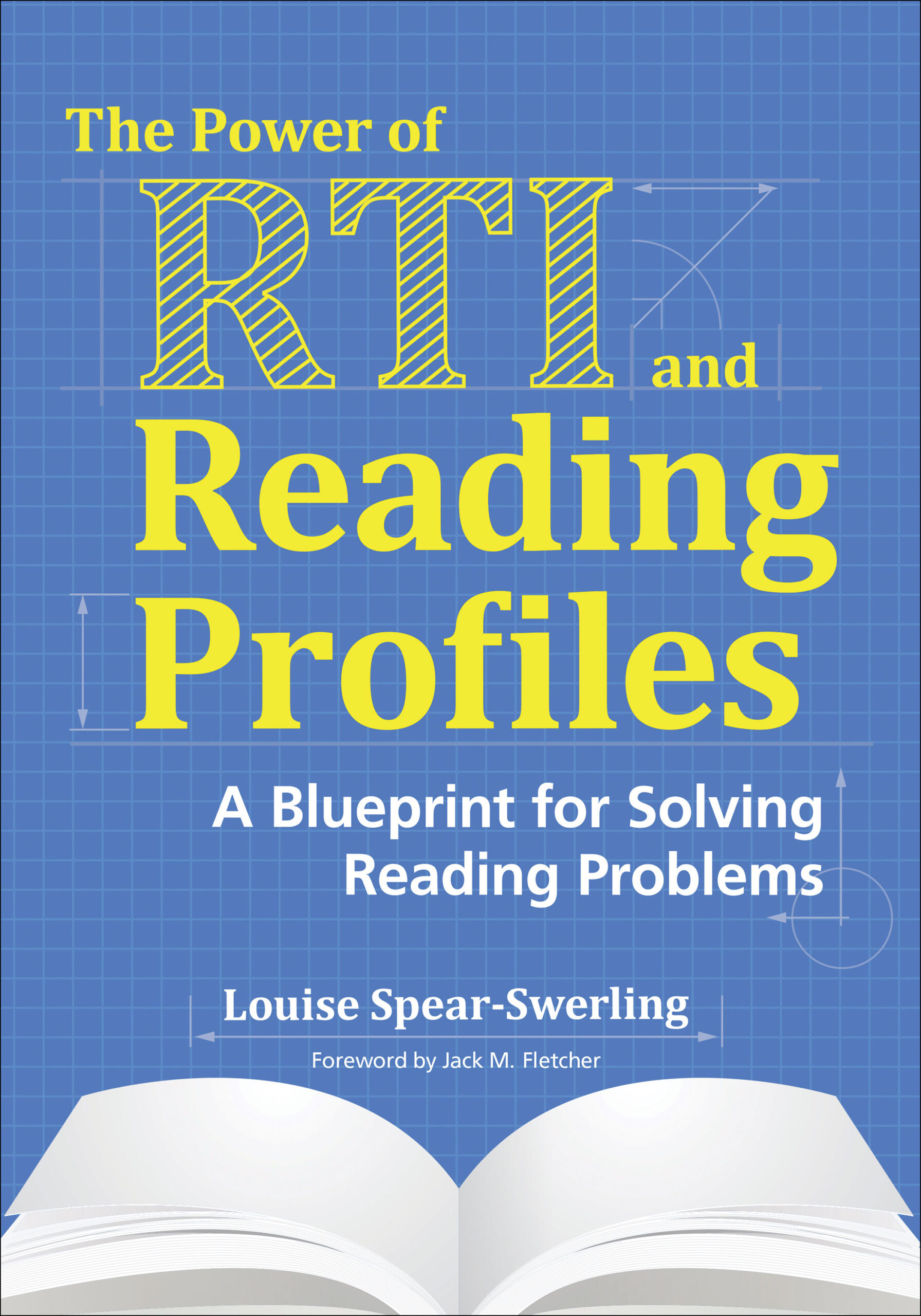
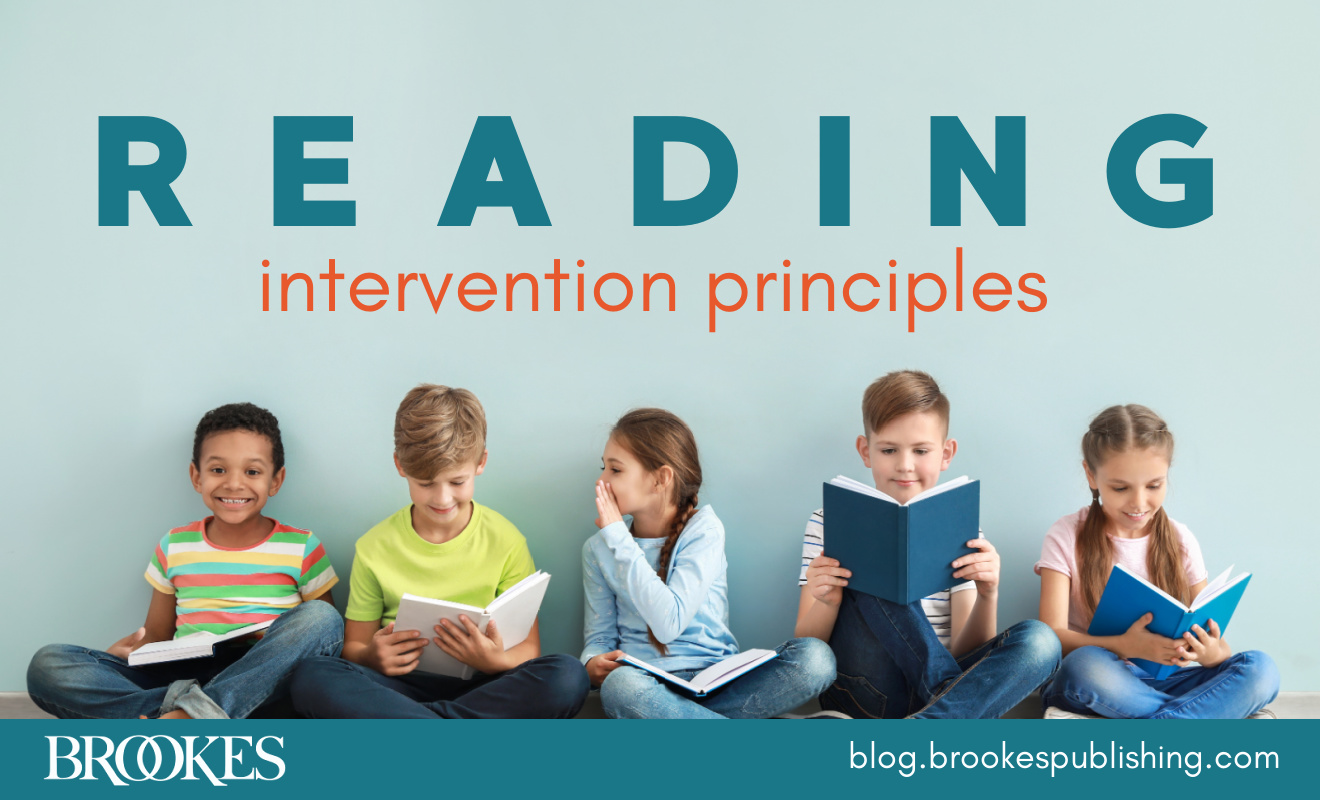
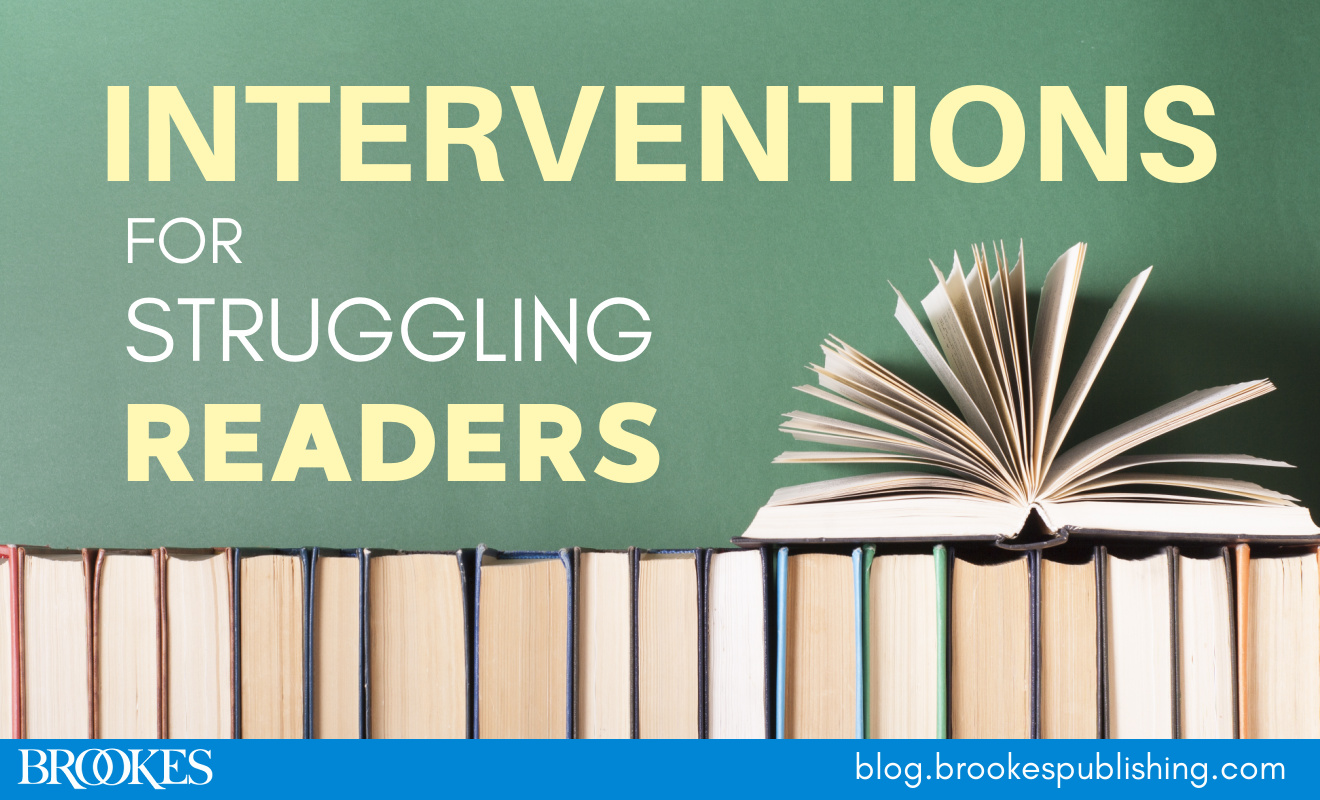
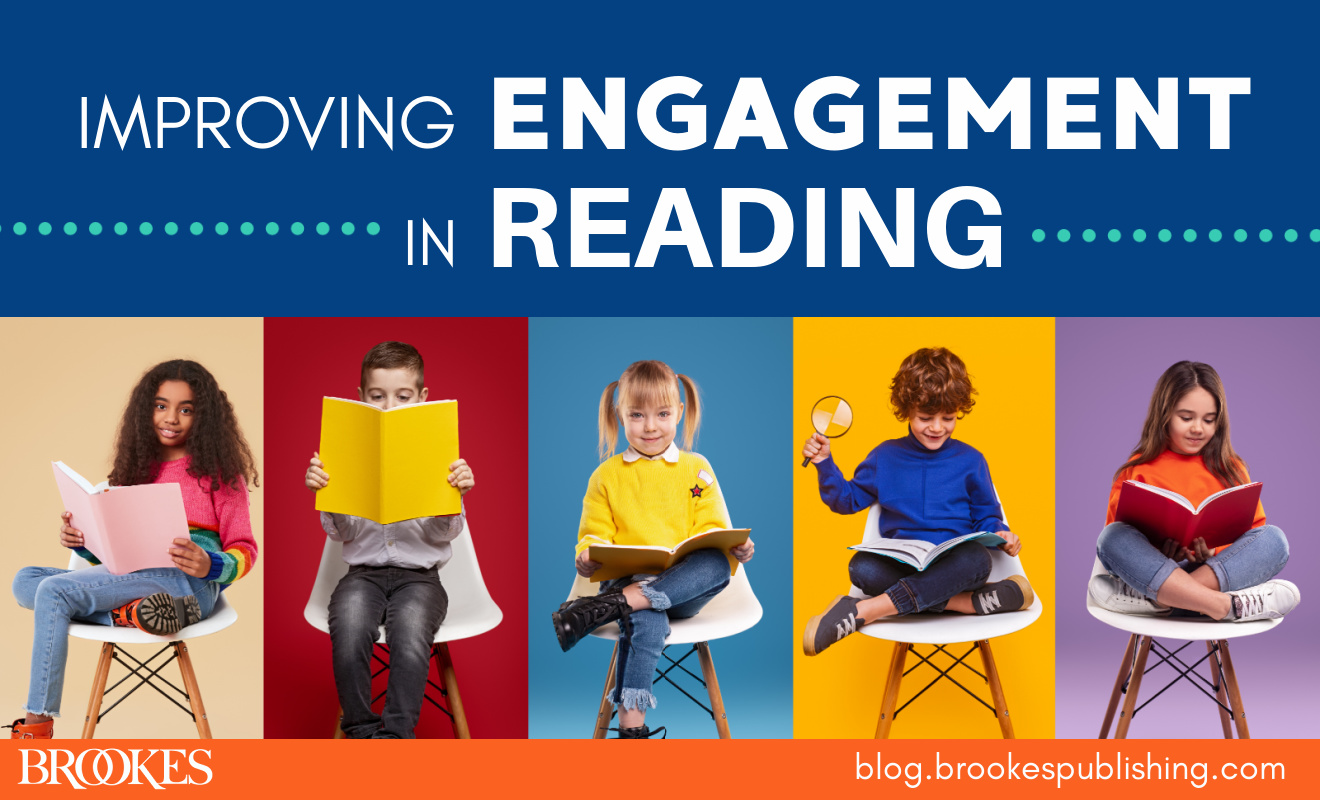
Write a Comment
Your email address will not be published. Required fields are marked *
Post a Comment